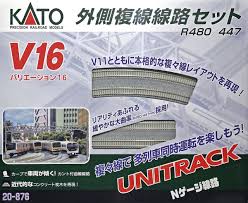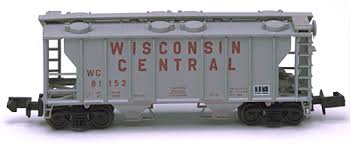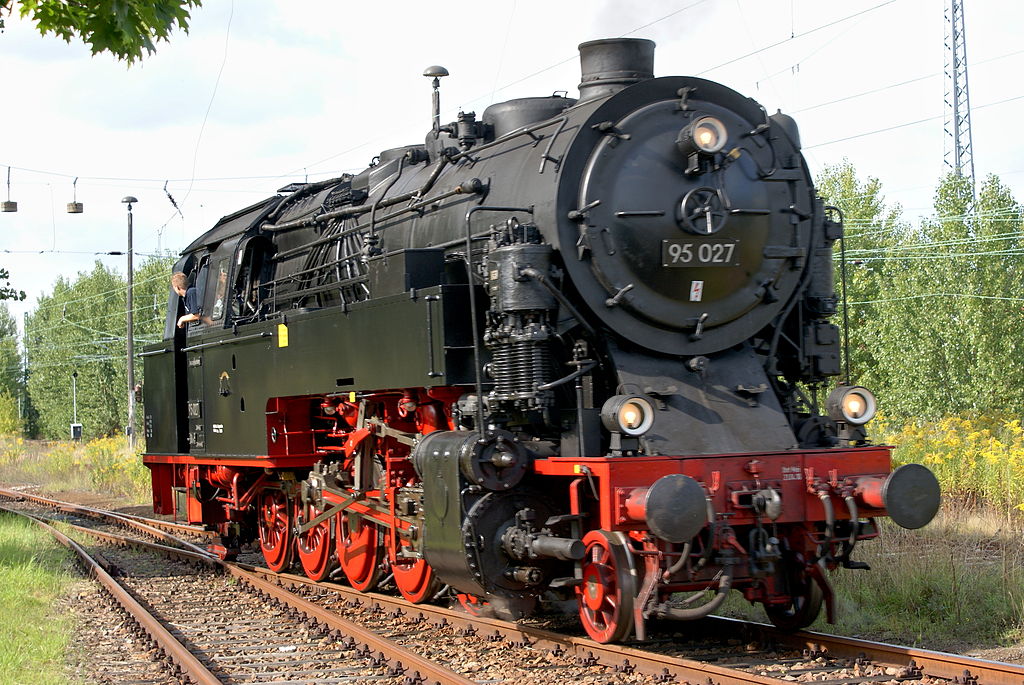Arnold Hornby - HN2375 - Locomotive, Steam, 2-10-0 DRG Class 42 - ÖBB (Austrian Federal Railways)
| Stock Number | HN2375 |
| Original Retail Price | $276.31 |
| Brand | Arnold Hornby |
| Manufacturer | Arnold Hornby |
| Body Style | Arnold Hornby Steam Engine 2-10-0 DRG Class 42 |
| Prototype Vehicle | Locomotive, Steam, 2-10-0 DRG Class 42 (Details) |
| Road or Company Name | ÖBB (Austrian Federal Railways) (Details) |
| Paint Color(s) | Black and Red |
| Print Color(s) | White |
| Coupler Type | Rapido Hook |
| Coupler Mount | Body-Mount |
| Wheel Type | Chemically Blackened Metal |
| Wheel Profile | Small Flange (Low Profile) |
| DCC Readiness | Ready |
| Item Category | Locomotives |
| Model Type | Steam |
| Model Subtype | 2-10-0 |
| Model Variety | DRG Class 42 |
| Prototype Region | Europe |
| Prototype Era | EU Epoch II (1920 - 1945) |
| Years Produced | 1943 |
| Scale | 1/160 |
| Track Gauge | N standard |
Specific Item Information:
Powerful Motor with flywheel
Maintenance free LEDS
Next18 dcc receptacle
Directional Lighting
Maintenance free LEDS
Next18 dcc receptacle
Directional Lighting
DCC Information:
Model is equipped with a Next18 DCC receptacle
Prototype History:
The DRB Class 42 was a type of steam locomotive produced for the Deutsche Reichsbahn. It is one of the three main classes of the so-called war locomotives (Kriegslokomotiven), the other two being class 50 and 52.
Seventy of the class were captured during World War II by the Soviet Union; under Russian ownership they were given the classification
Road Name History:
 The Austrian Federal Railways (German: Österreichische Bundesbahnen or ÖBB, formerly the Bundesbahn Österreich or BBÖ) is the national railway system of Austria, and the administrator of Liechtenstein's railways. The ÖBB group is owned entirely by the Republic of Austria and is divided into several separate businesses that manage the infrastructure and operate passenger and freight services.
The Austrian Federal Railways (German: Österreichische Bundesbahnen or ÖBB, formerly the Bundesbahn Österreich or BBÖ) is the national railway system of Austria, and the administrator of Liechtenstein's railways. The ÖBB group is owned entirely by the Republic of Austria and is divided into several separate businesses that manage the infrastructure and operate passenger and freight services.
The Austrian Federal Railways has had two discrete periods of existence. It was first formed in 1923, using the Bundesbahn Österreich name, as a successor to the Imperial Royal Austrian State Railways (kkStB), but was incorporated into the Deutsche Reichsbahn during the 1938-1945 Anschluss. It was reformed in 1947, using the slightly different Österreichische Bundesbahnen name, and remains in existence in this form.
Major changes currently being made to the Austrian railway network are the construction of the Wien Hauptbahnhof (Vienna main station), the Koralm Railway, the Semmering Base Tunnel and the Brenner Base Tunnel connection with Italy.
From Wikipedia

The Austrian Federal Railways has had two discrete periods of existence. It was first formed in 1923, using the Bundesbahn Österreich name, as a successor to the Imperial Royal Austrian State Railways (kkStB), but was incorporated into the Deutsche Reichsbahn during the 1938-1945 Anschluss. It was reformed in 1947, using the slightly different Österreichische Bundesbahnen name, and remains in existence in this form.
Major changes currently being made to the Austrian railway network are the construction of the Wien Hauptbahnhof (Vienna main station), the Koralm Railway, the Semmering Base Tunnel and the Brenner Base Tunnel connection with Italy.
From Wikipedia
Brand/Importer Information:
Founded in 1906 by Karl Arnold in Nürnberg, K. Arnold & Co. began its life producing tin toys and related items. They produced an extensive line of model ships, doll house items and other toys. In 1935, K. Arnold & Co. hired Max Ernst as their managing director. Ernst, not to be confused with the German realist artist of the same name, was a significant factor in the future of Arnold.
On Max Ernst's 1976 retirement, Arnold employed perhaps 200 to 250 people, using three facilities in the Nuernberg area. The Company continued under family control until 1995, when Arnold went into bankruptcy and was sold to Rivarossi of Italy. Rivarossi, in turn, also went bankrupt, leading to the sale of all assets to Hornby of the United Kingdom. Production is carried out in China.
From Wikipedia
On Max Ernst's 1976 retirement, Arnold employed perhaps 200 to 250 people, using three facilities in the Nuernberg area. The Company continued under family control until 1995, when Arnold went into bankruptcy and was sold to Rivarossi of Italy. Rivarossi, in turn, also went bankrupt, leading to the sale of all assets to Hornby of the United Kingdom. Production is carried out in China.
From Wikipedia
Item created by: Powderman
on 2021-12-07 15:44:06
Last edited by: Alain LM on 2022-01-05 02:21:47
If you see errors or missing data in this entry, please feel free to log in and edit it. Anyone with a Gmail account can log in instantly.
Last edited by: Alain LM on 2022-01-05 02:21:47
If you see errors or missing data in this entry, please feel free to log in and edit it. Anyone with a Gmail account can log in instantly.










